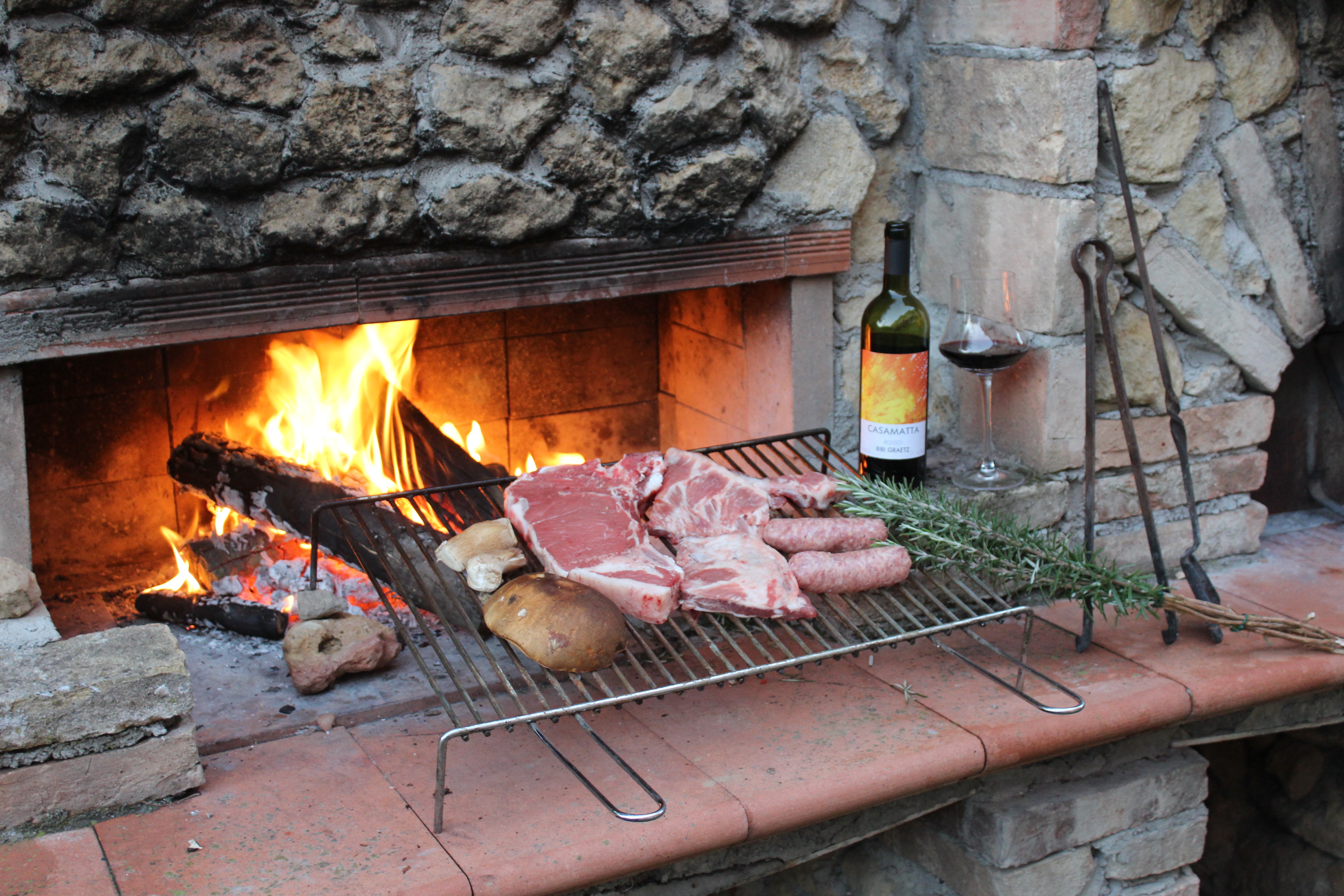Whether you are going to hire a professional company like Embassy Landscape Group or tackle a DIY project, installing an outdoor kitchen requires serious planning to be successful. I’ve gathered a few ideas together to think about as you design and install that perfect backyard dining space. Today we will look at some of the big picture elements that help determine the kind of outdoor kitchen that is perfect for you and your space.
- What is a realistic budget for your project?
The budget plays a huge role in determining what size and type of kitchen can be installed. Costs for the main items of appliances, cabinets, counters and furniture are typically considered, but some of the other aspects may be forgotten. Don’t forget to include a line item in your budget for running utilities such as electricity, water or a gas line, any necessary permits, lighting, flooring materials and any.entertainment features you may want to include. It’s easy to over-spend if you take all of the details into consideration at the beginning of the project.
Your budget may also determine the quality of the materials you select. Higher quality materials usually last longer, but cost more at the outset. After looking at your budget, you may decide to complete the project in stages. An experienced designer can help you decide the best way to phase in all of the elements you want to include over time. Sharing a realistic budget with your designer helps him guide you to the best use of your dollars. Contrary to what some people believe, a reputable designer wants to find ways to give you what you want at a price you can comfortably afford.
- What are your goals for the space?
As you plan, think through how you are most likely to use your new cooking/dining space. Will you primarily use it for small family gatherings on a regular basis, or do you intend to do large scale entertaining? Will you need one dining table to draw everyone together, or will it be better to incorporate a bar area and space for several tall tables to give guests places to set drinks as they stand and mingle? Do you imagine yourself preparing gourmet meals in the space or throwing burgers on the grill as you watch the kids play in the yard?
- How much space do you have available for an outdoor kitchen?
The overall size and shape of the yard may determine what type of kitchen you can install. Outdoor kitchens should be designed to be in proportion to the existing property and structures. They can be designed to be as complete as an indoor one, or as streamlined as a stainless steel rolling cart. A very small lot would be overwhelmed by a large, bulky kitchen, while a huge lot may need to have more definition to create the sense of an intimate “room.”The designers at Embassy can create a 3D animation movie of your project so that you can visualize exactly what the design will look like on your property. (For those of us who do not visualize easily from 2D, this is an amazing tool! It has sold me on a back yard design I would have not previously considered.)
- Will this be a multi-season space?
If you envision using the space beyond the spring and summer months, then both the overall climate as well as the immediate environment need to be considered as you design. An uncomfortable space will not be used nearly as frequently as one where users don’t have to battle the elements. Colder climates may need outdoor heaters or fire pits to extend the season, while hotter regions may want to consider adding pergolas or canopies with ceiling fans. Areas with persistent rain may want to consider adding a lanai as a transitional space between the indoors and the outdoors. Remote controlled awnings offer protection from scorching sun or drenching rain when needed, but can be easily rolled back to savor a blue sky or a blanket of glimmering stars overhead.
- Where will you locate your outdoor kitchen?
While the scent of meat sizzling on the grill can spark your appetite at mealtime, the lingering smell in your hair and clothes is definitely unappealing. Be aware of the prevalent wind direction of your property and locate your kitchen so that the smoke and smell drift away from your guests and your house.
Convenience is another factor to consider. Placing the outdoor kitchen near the entrance to the indoor kitchen makes carrying items back and forth easier and more efficient. Even with refrigeration and storage facilities, there will still be times when both kitchens are in use at the same time.
Finally, how will the outdoor kitchen impact the view from both inside the house and outside in the yard? Make sure that the placement doesn’t block any of the views of the focal point of your yard. Kitchens can be attractive, but they still communicate work! Views of nature are much more restful to the body and the soul.
- What will the traffic flow be?
Outdoor food preparation areas, like indoor ones, have innate safety hazards. Depending on the type of cooking you are doing, there are hot grills, live coals or even open flames. If there is a deep fryer, you could have gallons of boiling hot grease in use. Prep areas often have multiple sharp bladed tools. An accidental bump could result in a nasty cut. It’s as critical in an outdoor kitchen to direct the general flow of traffic away from the actual cooking and preparation areas as it is in an indoor kitchen. In order to avoid both major and minor accidents, experts recommend that outdoor kitchen are never located next to children’s play areas and are out of the direct pathway to the house, to the pool or to the street.









